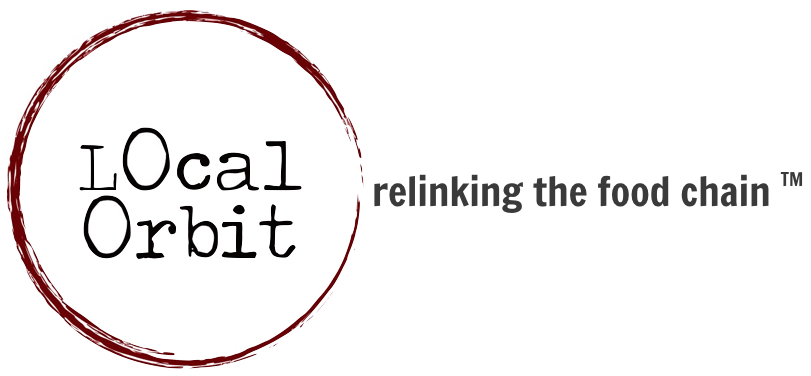Business Model Generation & Budgeting
Resources for producers
Producers who are new to wholesale may have lots of questions about pricing, food safety and how to use online technology. Here are some resources for each topic:
Pricing
-
Wholesale market reports detail pricing in most states and major cities on a weekly basis. The USDA tracks pricing at grocery stores, through major produce terminals, and many more. There is also a special report on organic pricing by crop.
-
If you have an active online marketplace, growers can compare their pricing with ease.
-
Walking around a farmers markets is a great way to survey current retail prices, although it’s important to be aware that these prices may diverge from consumer or wholesale prices depending on the region and seasonality.
-
Ask customers to forward you price lists they receive from other food distributors and share the information with your farmers.
Food Safety
This section references food safety resources for farmers and food producers you work with. It’s important for you to be aware of those expectations too. We also suggest reading about food safety considerations specific to your own distribution business in the Operations & Logistics section.
-
The GAP Certification Guide is a great resource for producers learning to navigate food safety regulations and Good Agricultural Practices compliance. Most states provide resources to farms via their Departments of Agriculture and also Cooperative Extension.
-
Write a Food Safety Plan is a toolkit from Penn State GAP with templates, checklists, and logs to start you off. FamilyFarmed.org also maintains a Create a Food Safety Manual resource.
-
There is a great resource library maintained by Local Food Hub with links to relevant articles about how food hubs can design for food safety throughout their supply chain.
-
Those who are handling food in your facility should also receive ServSafe training to educate and encourage good food handling practices for themselves and peers.
Planning with producers for next season
It’s important to regroup after a busy growing season with farmers and producers to have more strategic conversations that allow you to plan for next year. A great way to do this is to establish an annual meeting during the slow season where feedback can be shared between growers, buyers and your organization. Analyze what consistently sells out and request feedback from customers. Which products do customers want to see wider availability of? Ask for specific information from the buyers, e.g., the quantity of an item they would purchase if it were available. Make sure to communicate this information to growers.
During the growing season, make sure to notify buyers as the products they requested become available from growers. Remind them of their commitments, “Oh, just want to let you know that Snowhill Farm now has those 20 pounds of salad greens you asked for.” It is important that growers see buyers following through on the requests for specific foods by making actual purchases.
Additional Resources
-
FamilyFarmed.org provides free technical assistance to assist growers with market development and the implementation of risk management strategies through its Wholesale Success trainings and manual.
-
Cottage Foods provides a map of laws that govern producing foods for sale in a home kitchen vary by state.
